Many new technologies have been emerging during the last twelve months which made 2011 an interesting year for dentistry. In this first part of an exclusive commentary series, Prof. Beena Rani Goel from India speaks about the field of endodontics.
The single most important development that was a giant leap for endodontics is micro-computed tomography, by giving us a 3-D view of the area in which we have to work. Without this technology, the basis for many endodontic procedures was just empirical. For example, enlarging the root canal three sizes beyond the first file that binds, or arbitrarily deciding the final apical size with tapered rotary use during hand instrumentation does not have any scientific basis at all.
The work of Prof. Marco A. Versiani on the root-canal anatomy project has provided us with a micro-CT study guide that has demystified many old concepts. Now we know that all root canals are curved, apical diameters are not as small as perceived, and root canals do not have large tapers.
Regenerative endodontics, though in the infant stage, can hold significant implications for the management of necrotic immature teeth. This applies to the advances in tissue engineering and the regeneration of the pulp–dentine complex. Multiple studies have shown that continued root development can be accomplished after disinfection of the root-canal system, evoked bleeding inside the root canal, and adequate coronal seal. These treatment protocols can result in radiographic and clinical evidence of healing and subsequent root development that has been attributed to regeneration of tissue.
Until recently, the clinical presence of stem cells in the canal space after this procedure had not been proven. New findings by Tyler W. Lovelace et al. demonstrated that the evoked-bleeding step in regenerative procedures triggers the significant accumulation of undifferentiated stem cells in the canal space, where these cells might contribute to the regeneration of pulpal tissues. Future developments may see wider application of these tissue-engineering principles, which have the potential to revolutionise the field of endodontics.
The use of lasers in endodontics may be common procedure soon with a number of applications in access preparation, root-canal shaping, and decontamination of the root-canal system. The improved technology has introduced endodontic fibres and tips of a calibre and flexibility that permit insertion up to 1 mm from the apex. Laterally emitting conical fibre tips were found to be safe under defined conditions for intra-canal irradiation without harmful thermal effects on the periodontal apparatus.
The EndoVac irrigation system (Discus Dental) is one of the best things that has happened to endodontics in recent years. While sodium, hypochlorit is the only endodontic irrigant capable of significantly eliminating the biofilm associated with endodontic infections, it has the tendency to cause catastrophic tissue damage when extruded. With EndoVac, fortunately, it can now be safely delivered to full working length. A SEM image taken at 0.75 mm from the apical termination demonstrates completely clean walls at this level, which has not been achievable with other irrigation systems. Research has also shown that the use of EndoVac can result in a significant reduction of post-operative pain levels in comparison with conventional needle irrigation.
According to the latest micro-CT studies, the apical thirds are not cleaned with tapered systems of small tip size. In addition, they showed that instruments with a flat widened tip determine apical cross-sectional diameter better than round tapered instruments. The coming years are bound to see an increased acceptance of LightSpeed LSX instruments (Discus Dental) to obtain biologically optimal preparations.
At a time when dental professionals have a choice between root-canal treatment and implant placement after extraction, it is heart-warming to see that recent developments in endodontics can maintain the tooth in a functional state for many years, if incorporated into the surgery.
Clinical orthodontics must be viewed as a specialty cemented in biology, Dr Young-Guk Park from the Kyung Hee University in Seoul says. In this final part ...
Aesthetic aspects do increasingly play an important part in clincical outcomes. In this second part of our exclusive commentary series, Dr Sushil Korailal ...
After explaining the basic physics of the laser and its effects on both bacteria and dentinal surfaces, the second part of this article series will analyse ...
The main goals of endodontic treatment are the effective cleaning of the root-canal system. Traditional endodontic techniques use mechanical instruments, as...
MUNICH, Germany: As VDW celebrates its 150th birthday, the company can reflect on one and a half centuries of expertise in developing innovative products ...
How to achieve greater efficiency, safety and job satisfaction in endodontics—endodontist and trainer Dr Sabine Remensberger has been sharing her ...
ROOTS SUMMIT 2024 is currently taking place until 12 May at the Eugenides Foundation in Athens in Greece. Now celebrating its 25th anniversary, ROOTS ...
COLOGNE, Germany: This year at the International Dental Show (IDS), 3Shape is celebrating 25 years in CAD/CAM. However, it was first in 2005 that 3Shape ...
As a specialist, I have seen a significant portion of my patients present after endodontic treatment has failed or was abandoned mid-treatment owing to an ...
Preparation of the access cavity represents the first operative stage of every endodontic treatment and plays a fundamental role in locating the root canal ...
Live webinar
Mon. 12 January 2026
9:00 am EST (New York)
Prof. Judith Jones D.D.S; M.P.H., Prof. Kakuhiro Fukai D.D.S., Ph.D, Dr. Bathsheba (Bethy) Turton
Live webinar
Wed. 14 January 2026
12:00 pm EST (New York)
Dr. Théo Laplane, Dr. Robert Gottlander DDS
Live webinar
Fri. 16 January 2026
12:00 pm EST (New York)
Live webinar
Mon. 19 January 2026
1:00 pm EST (New York)
Philipp Kopp, Michael Seeber
Live webinar
Thu. 22 January 2026
2:00 pm EST (New York)
Dr. Nicola M. Grande DDS, PhD
Live webinar
Wed. 28 January 2026
8:00 am EST (New York)
Live webinar
Wed. 28 January 2026
11:00 am EST (New York)
Prof. Dr. Jan-Frederik Güth



 Austria / Österreich
Austria / Österreich
 Bosnia and Herzegovina / Босна и Херцеговина
Bosnia and Herzegovina / Босна и Херцеговина
 Bulgaria / България
Bulgaria / България
 Croatia / Hrvatska
Croatia / Hrvatska
 Czech Republic & Slovakia / Česká republika & Slovensko
Czech Republic & Slovakia / Česká republika & Slovensko
 France / France
France / France
 Germany / Deutschland
Germany / Deutschland
 Greece / ΕΛΛΑΔΑ
Greece / ΕΛΛΑΔΑ
 Hungary / Hungary
Hungary / Hungary
 Italy / Italia
Italy / Italia
 Netherlands / Nederland
Netherlands / Nederland
 Nordic / Nordic
Nordic / Nordic
 Poland / Polska
Poland / Polska
 Portugal / Portugal
Portugal / Portugal
 Romania & Moldova / România & Moldova
Romania & Moldova / România & Moldova
 Slovenia / Slovenija
Slovenia / Slovenija
 Serbia & Montenegro / Србија и Црна Гора
Serbia & Montenegro / Србија и Црна Гора
 Spain / España
Spain / España
 Switzerland / Schweiz
Switzerland / Schweiz
 Turkey / Türkiye
Turkey / Türkiye
 UK & Ireland / UK & Ireland
UK & Ireland / UK & Ireland
 Brazil / Brasil
Brazil / Brasil
 Canada / Canada
Canada / Canada
 Latin America / Latinoamérica
Latin America / Latinoamérica
 USA / USA
USA / USA
 China / 中国
China / 中国
 India / भारत गणराज्य
India / भारत गणराज्य
 Pakistan / Pākistān
Pakistan / Pākistān
 Vietnam / Việt Nam
Vietnam / Việt Nam
 ASEAN / ASEAN
ASEAN / ASEAN
 Israel / מְדִינַת יִשְׂרָאֵל
Israel / מְדִינַת יִשְׂרָאֵל
 Algeria, Morocco & Tunisia / الجزائر والمغرب وتونس
Algeria, Morocco & Tunisia / الجزائر والمغرب وتونس
 Middle East / Middle East
Middle East / Middle East

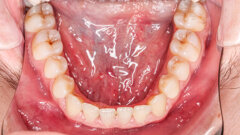


























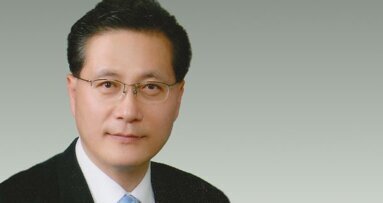


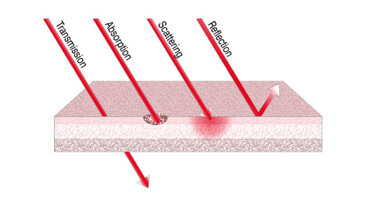
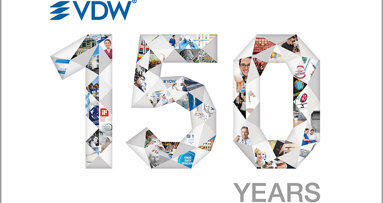

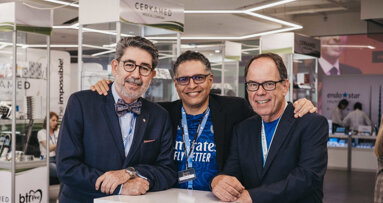
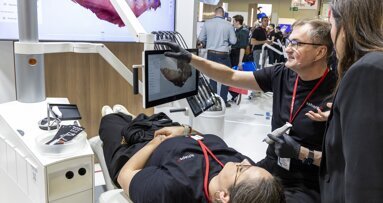












To post a reply please login or register